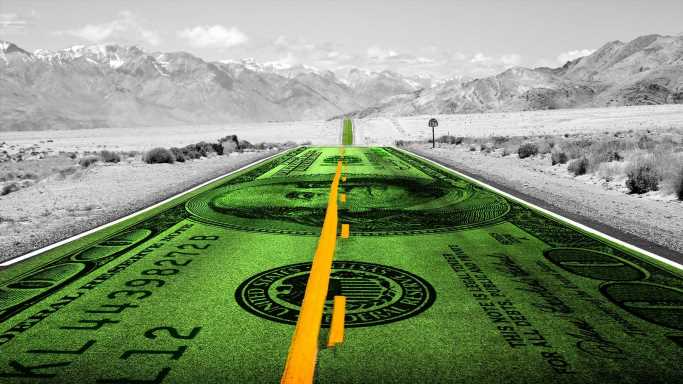Inflation ticks higher, suggests bumpy road for Fed, economy
Illustration: Shoshana Gordon/Axios
January's Consumer Price Index doesn't suggest inflation is reheating in a major way. But it does preview the path to getting prices under control.
- And that path might be longer and more uneven than it was in the final months of 2022.
Why it matters: In the last few months, markets have been more confident — complacent, even — now that price pressures are on a steady glide path downward.
- The new numbers are nothing worth panicking about and were broadly as expected by forecasters. But they are a reminder that there are two-sided risks to inflation, with no guarantees that disinflation will be as consistent and painless as it has been in recent months.
- "No one said disinflation would be a smooth ride. January's CPI was a bump in the road," Robert Frick, an economist at Navy Federal Credit Union, wrote in a note.
By the numbers: Consumer prices rose 0.5% in January, or 0.4% if food and energy are excluded.
- Inflation slowed on a year-over-year basis — but only barely, especially if you carry the numbers out to an extra decimal point (6.41%, down from 6.45%).
- Over the last three months, core CPI rose at a 4.6% annual rate — higher than the 4.3% comparable measure in December. That is still well below the recent peak seen last spring but moving in the wrong direction.
- Apparel costs and auto insurance prices ticked up, offsetting the continued drop in prices for used vehicles and airfares.
The details: The story about core inflation boils down to shelter costs. That index accounted for nearly 60% of the total increase in the core CPI index over the last 12 months, the Labor Department said.
- The caveat: Private sector data suggests those prices are receding, but that hasn't fed through to the official government data (and it's unclear when it will).
The intrigue: The hotter inflation does line up with the other economic data in hand for January, including a stronger-than-expected jobs report and (early) private sector reads on consumer spending. Both, in theory, would suggest firmer prices.
- But that hasn't been the case in recent months, when inflation was the exception — falling alongside economic data that would suggest otherwise.
- "For the prior three months, inflation was the nail that stuck out of the smooth facade. In January, it got hammered in a little," Vincent Reinhart, chief economist at Dreyfus and Mellon, tells Axios.
What to watch: This year, the inflation story is zeroed in on the services sector, which may offer more surprising stickiness.
- "Supply chains can't recover twice," Lorie Logan, president of the Dallas Fed, said at an event at Prairie View A&M University on Tuesday morning.
- "It seems more likely that core goods inflation will move up to the pre-pandemic trend of zero or a bit below, which means we'll need lower services inflation to sustain 2% inflation overall."
Source: Read Full Article



